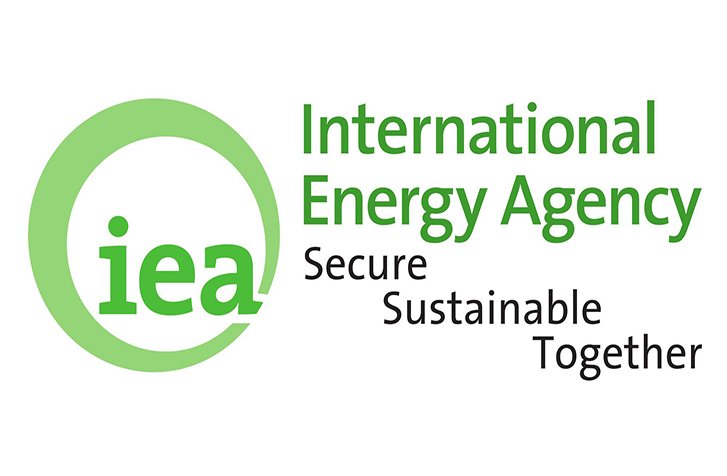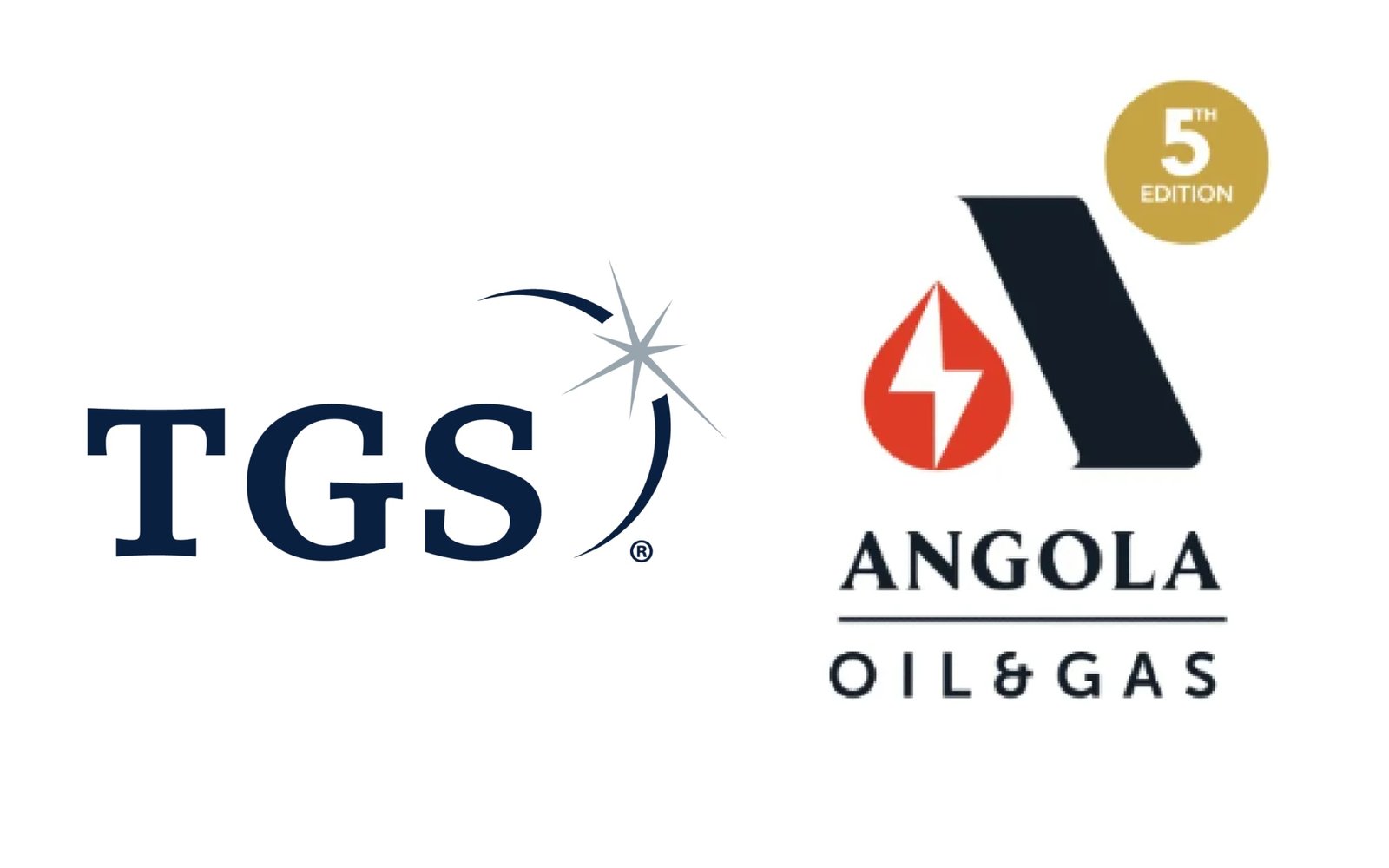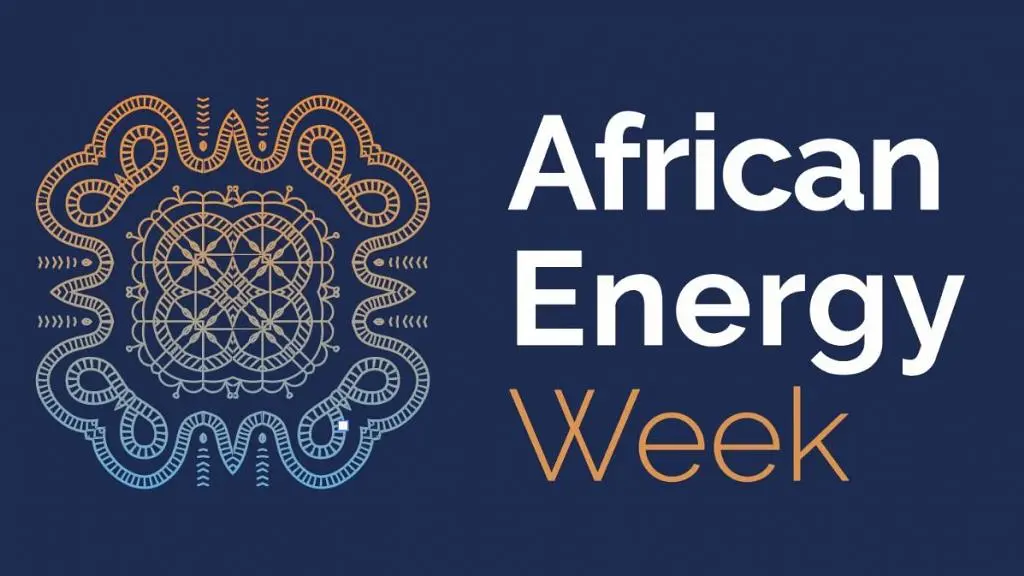MARKET UPDATE: Oil prices remain flat as IEA releases Report
.Says World oil markets resetting
By Eyo Nsima
Oil prices that showed signs of bull last week remained flat Friday morning, due partly to market forces and speculation.
Specifically, the prices of Brent, WTI, and OPEC Basket hovered at $75.50, $70.48, and $74.84 per barrel, instead of heading toward $80 per barrel as some analysts expected.
However, in its latest Report – Oil 2023 Analysis and Forecast to 2028 – obtained by The Daily, www.thedaily-ng.com, the International Energy Agency, IEA, which has Australia, Austria, Belgium, Canada, Czech Republic, Denmark, Estonia, Finland, France, Germany, Greece, Hungary, Ireland, Italy, Japan, Korea, Lithuania, Luxembourg, Mexico, New Zealand, Norway, Poland, Portugal, Slovak Republic, Spain, Sweden, Switzerland, The Netherlands, Türkiye, United Kingdom and United States as members, maintained that the world oil markets are currently resetting.
In its Report, the IEA, which also has Chile, Colombia, Israel, and Latvia as accession countries while Argentina, Brazil, China, Egypt, India, Indonesia, Morocco, Singapore, South Africa, Thailand, and Ukraine as association countries, stated: “Global oil markets are gradually recalibrating after three turbulent years in which they were upended first by the Covid-19 pandemic and then by the Russian Federation’s (hereafter “Russia”) invasion of Ukraine. Benchmark crude oil prices are back below pre-war levels and refined product cracks have now come off all-time highs after rising supplies coincided with a marked slowdown in oil demand growth in advanced economies.
“Moreover, an unprecedented reshuffling of global trade flows and two consecutive emergency stock releases by IEA member countries in 2022 allowed industry inventories to rebuild, easing market tensions. While the market could significantly tighten in the coming months as OPEC+ production cuts temper the upswing in global oil supplies, the outlook improves over our 2022-28 forecast period. Russia’s invasion of Ukraine sparked a surge in oil prices and brought security of supply concerns to the fore, helping accelerate the deployment of clean energy technologies. At the same time, upstream investments in 2023 are expected to reach their highest levels since 2015.
“Our projections assume major oil producers maintain their plans to build up capacity even as demand growth slows. A resulting spare capacity cushion of at least 3.8 mb/d, concentrated in the Middle East, should ensure that world oil markets are adequately supplied throughout our forecast period. As always, there are a number of risks to our forecasts that could affect market balances over the medium term. Uncertain global economic conditions, the direction of OPEC+ decisions, and Beijing’s refining industry policy will play a crucial role in the balancing of crude oil and product markets.”
Energy crisis accelerates transition away from oil
It also stated: “Based on existing policy settings, growth in world oil demand is set to slow markedly during the 2022-28 forecast period as the energy transition advances. While a peak in oil demand is on the horizon, continued increases in petrochemical feedstock and air travel means that overall consumption continues to grow throughout the forecast.
We estimate that global oil demand reaches 105.7 mb/d in 2028, up 5.9 mb/d compared with 2022 levels. Crucially, however, demand for oil from combustible fossil fuels – which excludes biofuels, petrochemical feedstocks and other non-energy uses – is on course to peak at 81.6 mb/d in 2028, the final year of our forecast.
“Growth is set to reverse after 2023 for gasoline and after 2026 for transport fuels overall. These trends are the result of a pivot towards lower-emission sources triggered by the global energy crisis, as well as policy emphasis on energy efficiency improvements and the rapid growth in electric vehicle (EV) sales. The People’s Republic of China (hereafter “China”) was the last major economy to lift its stringent Covid-19 restrictions at the end of 2022, leading to a post pandemic oil demand rebound in the first half of 2023. But demand growth in China slows markedly from 2024 onwards, and global oil demand growth shrivels from 2.4 mb/d in 2023 to just 400 kb/d by 2028.
“Nevertheless, burgeoning petrochemical demand and strong consumption growth in emerging economies will more than offset a contraction in advanced economies. For total oil demand to decline sooner, in line with the IEA’s Net Zero Emissions by 2050 Scenario (NZE Scenario), additional policy measures and behavioural changes would be required.
The petrochemical sector will remain the key driver of global oil demand growth, with liquefied petroleum gas (LPG), ethane and naphtha accounting for more than 50% of the rise between 2022 and 2028 and nearly 90% of the increase compared with pre-pandemic levels.
“The aviation sector will expand strongly as airline travel returns to normal following the reopening of borders. At the start of 2023, jet fuel demand was still lagging 2019 levels by more than 1 mb/d, or 13%. It quickly accelerates and contributes the highest growth across all products over the forecast period, increasing by a substantial 2 mb/d. However, efficiency improvements and behavioural changes will slow the pace of growth so consumption will only surpass 2019 levels by 2027.”
Non-OPEC+ producers lead oil supply capacity growth
It also noted that, “Global upstream oil and gas investment is on track to increase by an estimated 11% in 2023 to USD 528 billion, compared with USD 474 billion in 2022. While the impact of higher spending will be partly offset by cost inflation, this level of investment, if sustained, would be adequate to meet forecast demand in the period covered by the report.
Based on the current pipeline of projects underway and US light tight oil (LTO) growth expectations, we see 5.9 mb/d of net additional production capacity brought online by 2028. Despite easing from 1.9 mb/d on average over 2022-23 to just 300 kb/d by 2028, the new capacity building still moves in line with projected demand growth over the forecast period.
“Oil producing countries outside the OPEC+ alliance (non-OPEC+) dominate medium-term capacity expansion plans, with a 5.1 mb/d supply boost led by the United States, Brazil and Guyana. Saudi Arabia, the United Arab Emirates (UAE) and Iraq lead the capacity building within OPEC+, while African and Asian members struggle with continuing declines and Russian production falls due to sanctions. This makes for a net capacity gain of 800 kb/d from the 23 members in OPEC+ overall.
“The relatively strong increases from non-OPEC+ producers, together with the projected slowdown in demand growth, temper the requirement for OPEC+ crude. As a result, an estimated effective spare capacity of at least 3.8 mb/d is maintained throughout the forecast period. Refinery activity and trade upended A third wave of refinery capacity closures, conversions to biofuel plants and project delays since the pandemic reduced the overhang in global refinery capacity.
This, combined with a sharp drop in Chinese oil product exports and an upheaval of Russian trade flows, resulted in record profits for the industry last year. While net refinery capacity additions of 4.4 mb/d expected by 2028 outpace demand growth for refined products, contrasting trends among products mean that a repeat of the 2022 tightness in middle distillates cannot be ruled out.
Refiners may need to shift their product yields towards middle distillates and petrochemical feedstocks to reflect changing demand patterns. Demand for petroleum-based premium road transport fuels, such as gasoline and diesel, is 1 mb/d below 2019 levels at the end of the forecast period.”








